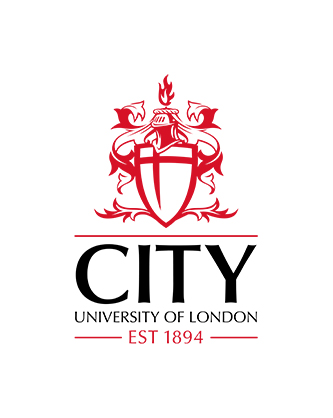Phosphorus compounds as flame retardants for cotton cloth
Madden, R. G. (1987). Phosphorus compounds as flame retardants for cotton cloth. (Unpublished Masters thesis, The City University, London)
Abstract
This thesis describes studies of the behaviour of a number of phosphorus compounds as flame-retardant additives for cellulose cotton cloth. Particular attention is paid to the effect of their structure and composition and of the effects of nitrogen compounds as co-additives.
In the Introduction, a survey of recent fire disasters and fire statistics is first presented. There follows a general description of the combustion process with special emphasis on the reactions involved in the decomposition and burning of organic polymers. A detailed account is given of the combustion of cellulose and possible mechanisms of its inhibition. An examination is also made of the modes of action of flame retardants for organic polymers with particular reference to phosphorus—based compounds used with cellulose.
The Experimental Section describes techniques used to prepare the cotton samples and modified forms of cellulose for flammability determination by the limiting oxygen index (LOI) method. A description is given of the computer program used to fit the polynomial functions to the flammability data and to present these functions in the form of triangular diagrams. The model used has been extended to deal with ternary additive systems where the data are represented by a tetrahedron. Thermal analysis of the various systems was carried out to complement the flammability measurements. Gas-phase infrared spectroscopy has also been used to identify species produced when cellulose flame-retardant systems decompose.
In the Results Section, the flammability and thermoanalytical measurements are presented for all the cotton- phosphorus systems in both the absence and presence of co-additives. Red phosphorus causes a significant increase in the LOI of cotton cloth and nitrogen compounds (especially melamine) have a useful synergistic effect. The flammability data show however that, on a percentage weight of phosphorus basis, tritolyl phosphate, triphenyl phosphine and triphenyl phosphine are the most effective phosphorus compounds. Thermal analysis shows little correlation between flammability and extent of char production. The infrared results show evidence that gas phase species including phosphorus pentoxide and ammonia are produced on decomposition of some of the systems.
In the Discussion, mechanisms are proposed to account for the flame-retardant effectiveness of the various phosphorus additives. Some of these appear to act essentially as dehydrating agents for cellulose to form char, whereas others bring about their effect in the gas phase by production of radical scavengers or by "blanketing” the flame. Suggestions are made about the synergism found between some of the phosphorus and nitrogen compounds.
| Publication Type: | Thesis (Masters) |
|---|---|
| Subjects: | Q Science > QD Chemistry |
| Departments: | School of Science & Technology > School of Science & Technology Doctoral Theses Doctoral Theses |
Download (63MB) | Preview
Export
Downloads
Downloads per month over past year


 Metadata
Metadata Metadata
Metadata